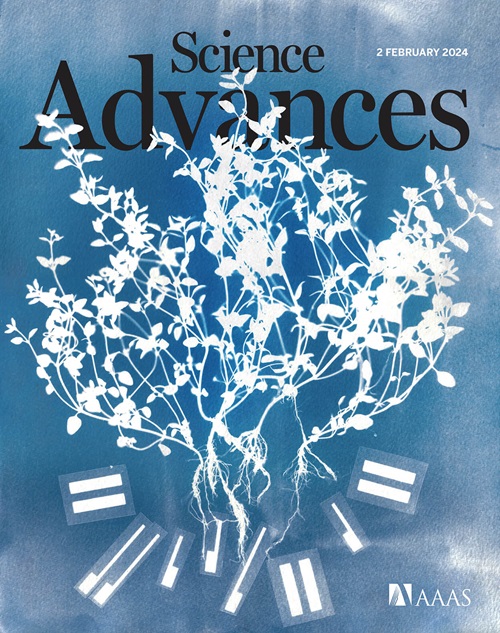Synthesis of Ti4Au3C3 and its derivative trilayer goldene through chemical exfoliation
IF 11.7
1区 综合性期刊
Q1 MULTIDISCIPLINARY SCIENCES
引用次数: 0
Abstract
Achieving large two-dimensional (2D) sheets of any metal is challenging due to their tendency to coalescence or cluster into 3D shapes. Recently, single-atom-thick gold sheets, termed goldene, was reported. Here, we ask if goldene can be extended to include multiple layers. The answer is yes, and trilayer goldene is the magic number, for reasons of electronegativity. Experiments are made to synthesize the atomically laminated phase Ti4Au3C3 through substitutional intercalation of Si layers in Ti4SiC3 for Au. Density functional theory calculations suggest that it is energetically favorable to insert three layers of Au into Ti4SiC3, compared to inserting a monolayer, a bilayer, or more than three layers. Isolated trilayer goldene sheets, ~100 nanometers wide and 6.7 angstroms thick, were obtained by chemically etching the Ti4C3 layers from Ti4Au3C3 templates. Furthermore, trilayer goldene is found in both hcp and fcc forms, where the hcp is ~50 milli–electron volts per atom more stable at room temperature from ab initio molecular dynamic simulations.

求助全文
约1分钟内获得全文
求助全文
来源期刊

Science Advances
综合性期刊-综合性期刊
CiteScore
21.40
自引率
1.50%
发文量
1937
审稿时长
29 weeks
期刊介绍:
Science Advances, an open-access journal by AAAS, publishes impactful research in diverse scientific areas. It aims for fair, fast, and expert peer review, providing freely accessible research to readers. Led by distinguished scientists, the journal supports AAAS's mission by extending Science magazine's capacity to identify and promote significant advances. Evolving digital publishing technologies play a crucial role in advancing AAAS's global mission for science communication and benefitting humankind.
 求助内容:
求助内容: 应助结果提醒方式:
应助结果提醒方式:


